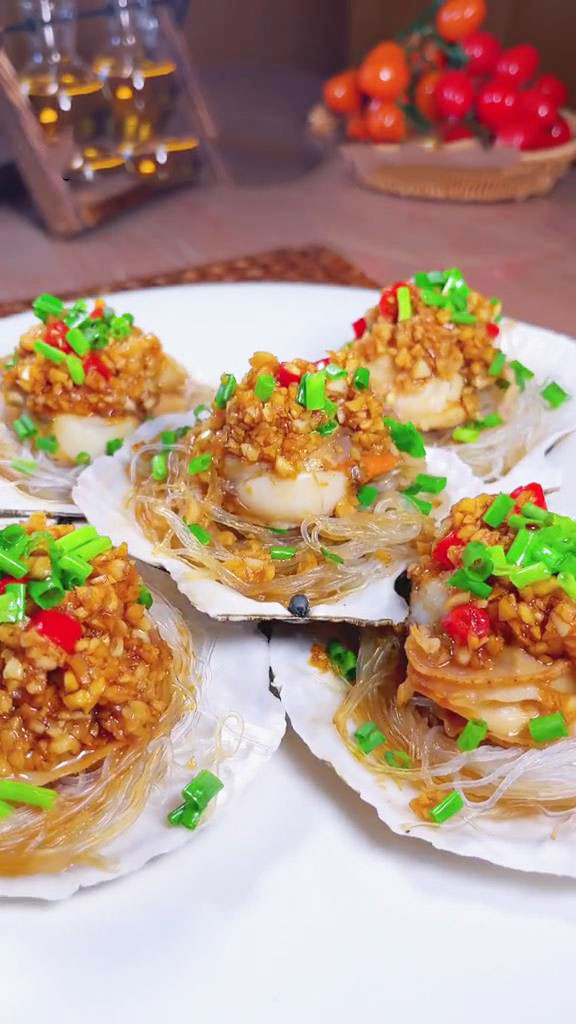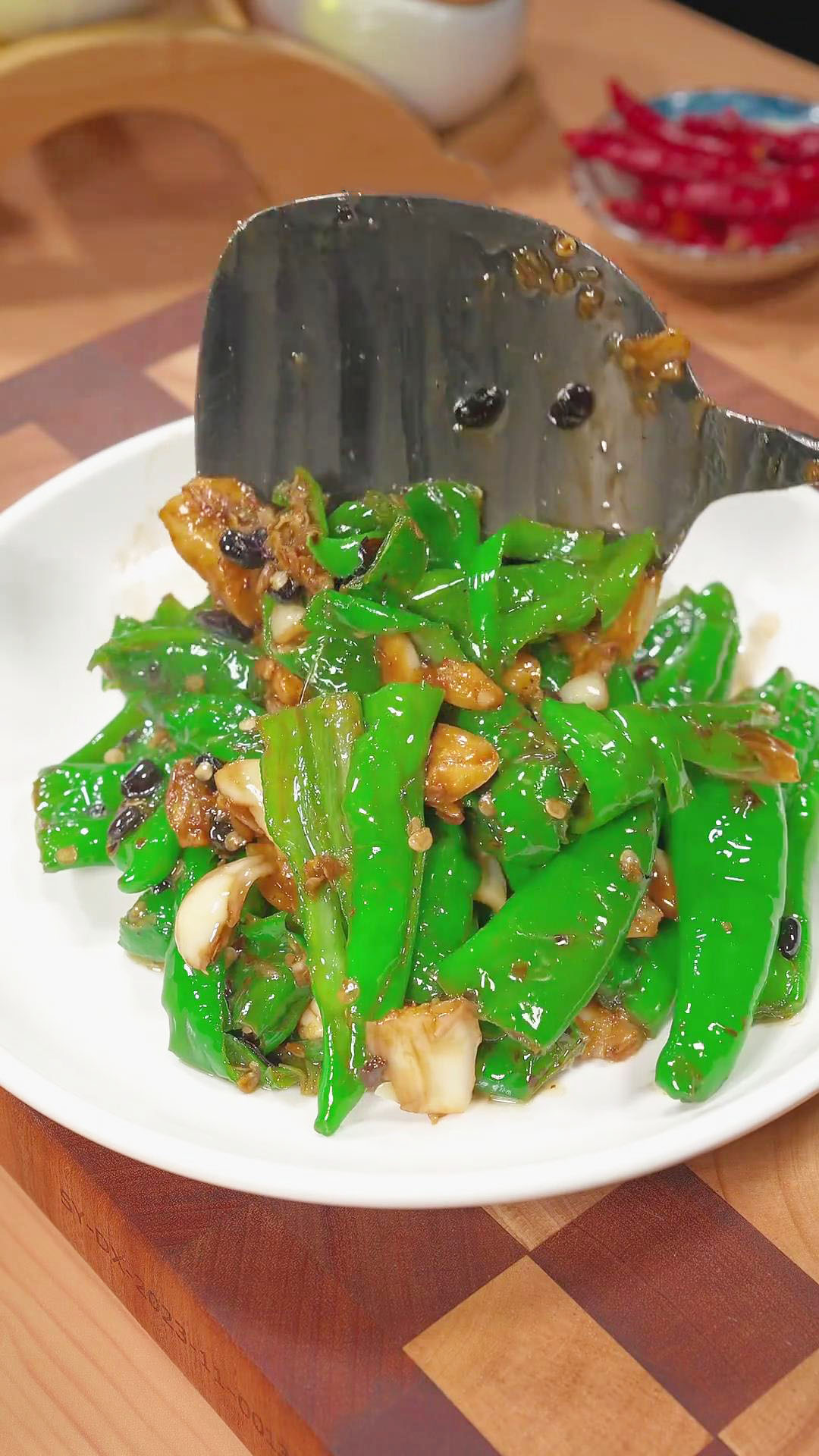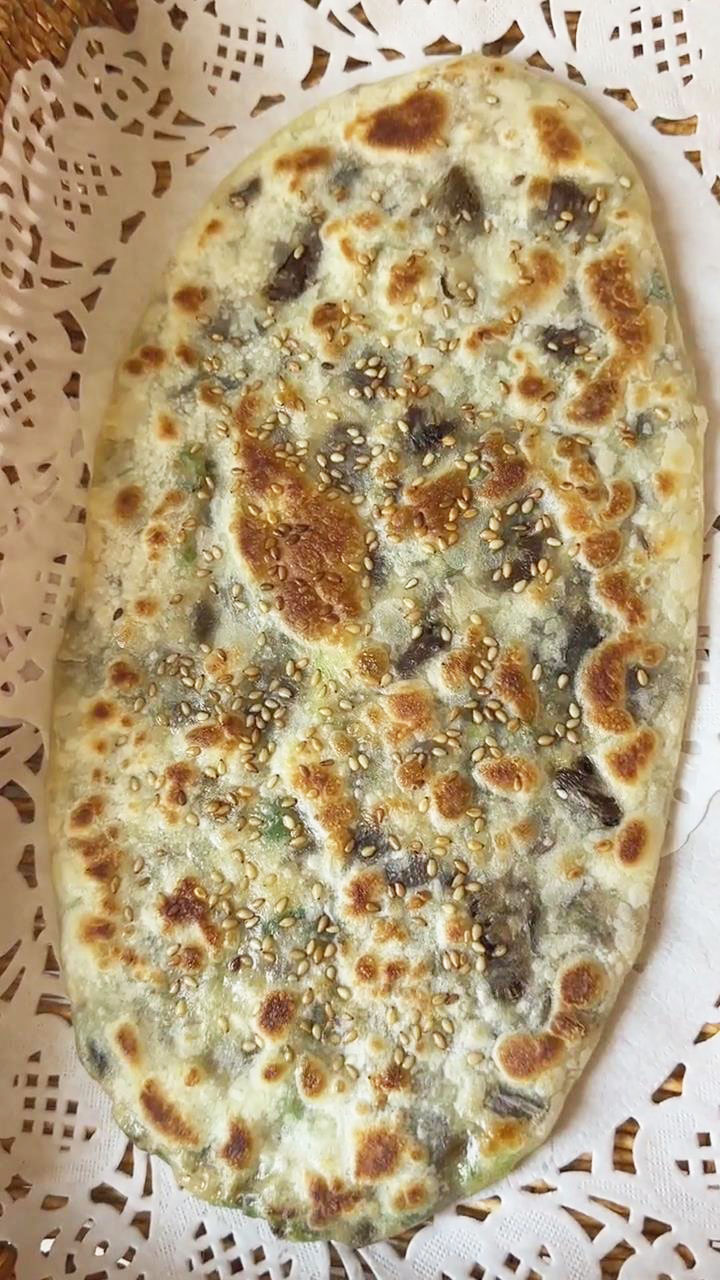Water chestnuts are highly nutritious and a flavor and texture enhancer. It is no surprise why this aquatic vegetable is popularly used in Chinese medicine and cuisine. As popular as it may be around the world, this ingredient may not be as common as others.
Generally, you can find fresh water chestnuts in Asian supermarkets or canned water chestnuts in grocery stores. However, some grocery stores, especially in the U.S., may not offer this item. If you live in an area where water chestnuts are rare and hard to find, the only solution to replace water chestnuts in your recipe is to find its closest alternatives.
In this quick guide, I share my top 5 recommended water chestnut substitutes. These substitutes are closely similar to water chestnuts for their flavor and texture. With this guide, you won’t have a hard time completing a recipe where water chestnut is a must.
What Is A Water Chestnut?
Water chestnut is an aquatic vegetable that comes from the plant family of Cyperaceae. You may also know this plant as Chinese water chestnuts or Eleocharis dulcis. Its appearance is knobby and round and it has a yellow to brown exterior.
When it comes to taste and texture, raw and cooked water chestnuts are different. Raw water chestnuts are sweet and crunchy, whereas canned water chestnuts are nutty and firm. The taste can also be described as a cross of apple and coconut.
You can use water chestnuts in several ways, but make sure to peel them first before adding them to your recipes. Water chestnuts can be cooked in various ways, including broiling, boiling, grilling, and stir-frying. Add it to stir-fried dishes, soups, salads, fillings, noodles, and rice dishes.
5 Water Chestnut Substitutes
In this list, I recommend 5 top alternatives to water chestnut based on purpose. The recommendations are best for the following aspects:
- Best for crunchy texture
- Best for crunch and nutty taste
- Best for similar taste
- Best for overall taste and texture
- Best for affordability
A recipe may require water chestnut for its crunchy texture or for its sweet and nutty taste. So, you have to choose an alternative based on how you want to use it for your dish. Nevertheless, these alternatives can be used for various recipes, from soups to stir-fried dishes and salads.
Here are the top 5 water chestnut substitutes:
Almond Nuts Or Fresh Bamboo Shoots: Best For Crunchy Texture
If you are after that satisfying crunch, go for almond nuts or fresh bamboo shoots. Almond nuts are considered an expensive alternative to water chestnuts, but they are excellent replacements for a crunchy texture. Moreover, almond nuts taste great but can be slightly bitter and salty.
If using bamboo shoots, use fresh instead of canned. I don’t recommend canned bamboo shoots since these aren’t as crunchy as fresh. Although fresh bamboo shoots have a similar crunch to water chestnuts, they may not be ideal for their notes of bitter and fibrous aspects.
Keep in mind that bamboo shoots should be cooked thoroughly before adding to the recipe. It should be cooked until it is soft and tender. If you do not cook the bamboo shoots well, you may get cyanide poisoning.
Jerusalem Artichokes: Best for Crunch And Nutty Taste
Jerusalem Artichokes are tubers that are also known as sunchokes and earth apples. These are great alternatives for water chestnuts for their similar crunch and nutty taste. Its taste is comparable to an artichoke heart.
When cooked, it becomes softer with a slight crunch. You can incorporate this into your dish either raw or cooked. Before adding this to your recipe, make sure to peel off the skin first since it is not ideally eaten and tastes bitter.
Jicama: Best For Similar Taste
Jicama is another tuber or root vegetable that has light brown skin and pale flesh. It is sweet, juicy, nutty, and crunchy, similar to a water chestnut. You can use this as a replacement and use the same quantity needed for water chestnut in your recipe.
Before adding to your recipe, remove the root first and add it to the dish either cooked or uncooked. Cooking jicama requires slow cooking, which makes it soft and sweet. If you cook it longer than required, it may become less crunchy.
Raw Hazelnut: Best For Overall Taste And Texture
Among the five recommendations in this list, raw hazelnut is the closest and best alternative to water chestnut. It is crunchy and sweet with notes of nuttiness. Even if you need water chestnut flour, hazelnut flour is still the top alternative for its similar taste.
The only noticeable difference is the flour texture since it does not have the grainy texture of water chestnut flour. Use hazelnut for any dish you require, from baked goods to savory dishes.
White Turnips: Best For Affordability
Although there are varieties of turnips, I recommend using white turnips as an alternative to water chestnuts. It is the best option for affordability and availability in the store. Unlike other types of turnips, white turnips do not have a robust peppery taste.
White turnips are slightly sweet with a hint of peppery taste. If using white turnips, you will only need to use its large bulb and remove the skin and roots. You can eat it raw and add it to salads, roasted dishes, and soups, to name a few.
Wrap Up
Choosing the best alternative of water chestnut depends on your purpose. Do you need it for taste, texture, or both? If you want the closest taste and texture to water chestnut, go for raw hazelnut.
For a similar taste, use jicama and Jerusalem artichokes. And if you want the cheapest option, opt for white turnips. Keep in mind that each alternative is prepared differently. Some may be added directly to the recipe raw and uncooked, while some require cooking or peeling first.
Did you find this guide helpful? Let us know in the comments section! Follow Kitchen Misadventures on Instagram and TikTok for more informative guides!



